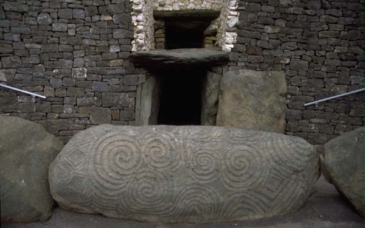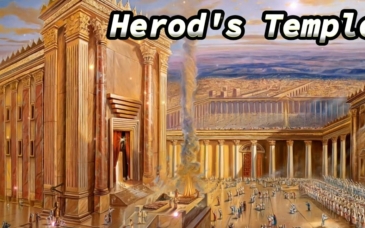The Roman Empire, one of history's most influential civilizations, left an indelible mark on the world through its vast network of roads, aqueducts, and monumental architecture. Among these enduring legacies are the countless Roman forts that once stood as sentinels of the empire's borders, guarding against external threats and maintaining order within its vast territories.
Purpose and Design
Roman forts served a variety of purposes, ranging from military strongholds to administrative centers and even commercial hubs. Their design reflected their specific functions, with some forts being heavily fortified with thick walls, towers, and ditches, while others featured more open layouts to accommodate civilian populations.
Construction and Materials
Roman engineers were masters of construction, utilizing a variety of materials to suit the specific needs of each fort. Stone was often the primary material for fortifications, providing strength and durability to withstand attacks and harsh weather conditions. Walls were often strengthened with timber framework, while other structures, such as barracks and granaries, were typically built with brick or timber.
Distribution and Hierarchy
Roman forts were strategically positioned throughout the empire, often along major trade routes or on borders. They were organized into a hierarchical system, with larger, more fortified forts serving as regional headquarters and smaller forts acting as outposts or guard stations.
Life within the Forts
Life within Roman forts was highly organized and regimented. Soldiers followed strict schedules and training regimens, while civilian residents engaged in various occupations, such as traders, artisans, and farmers. The forts provided a sense of community and stability for those who resided within them.
Legacy and Conservation
Today, Roman forts stand as hauntingly beautiful reminders of the empire's grandeur and enduring legacy. They have been the subject of extensive archaeological research and preservation efforts, and many forts are now open to the public as tourist attractions and historical landmarks.
Roman forts provide a tangible connection to the past, allowing us to glimpse into the daily lives of Roman soldiers, civilians, and the empire's administrative structures. They serve as potent symbols of Roman military might and engineering prowess, and their enduring presence reminds us of the far-reaching impact of this ancient civilization.







